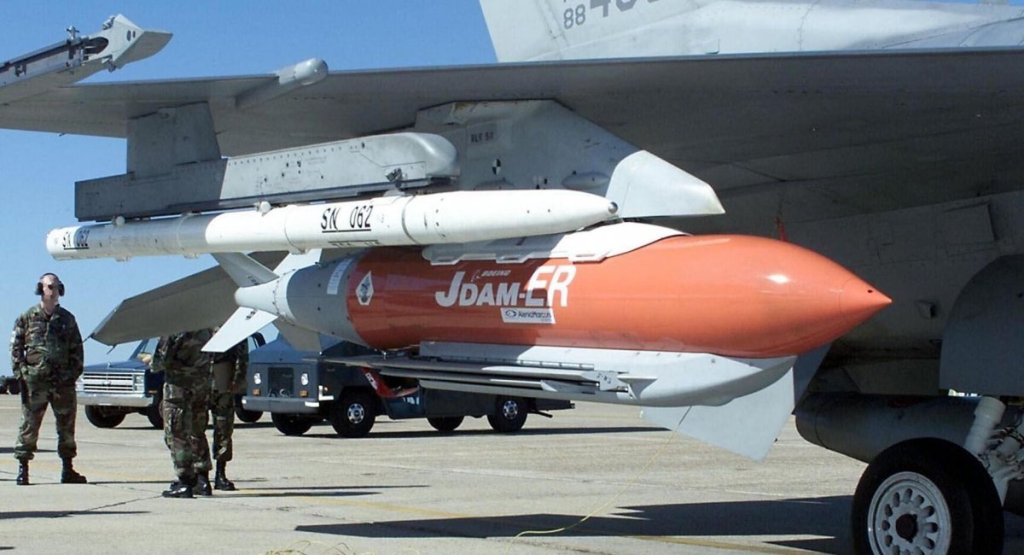
Could a single bomb change the tempo of a war? On July 11, 2025, a Ukrainian MiG-29 dropped two U.S.-supplied GBU-62 JDAM-ER bombs on a key Russian crossing in Zaporizhia. The attack, captured on video and disseminated on Telegram far and wide, was not merely a tactical victory, but a dramatic shift in Ukraine’s ability to disrupt Russian supply lines and incorporate Western technology on Soviet-era platforms. Ukraine’s campaign of precision-guided munitions is rewriting the rules of engagementand the world is paying close attention.
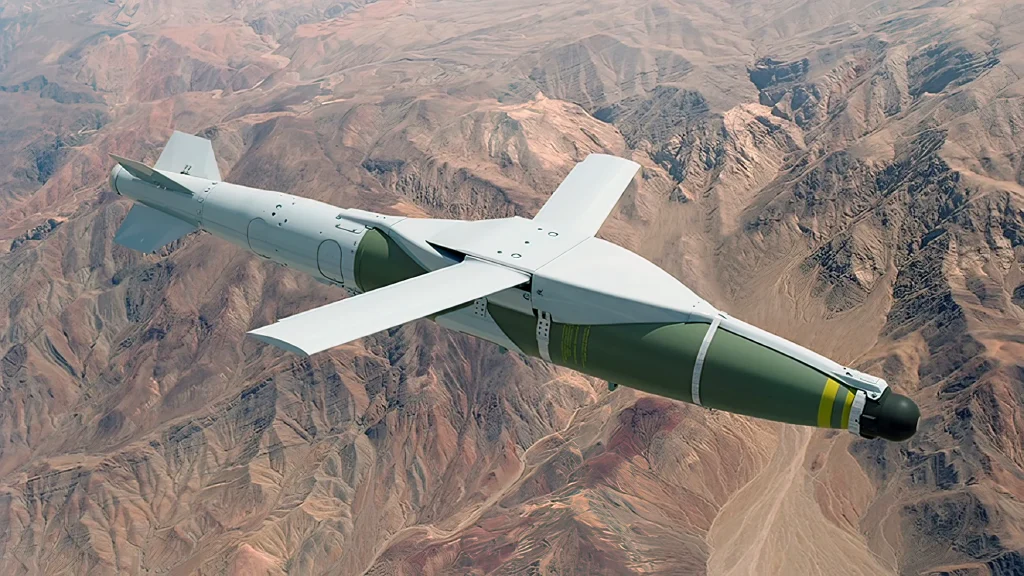
For military analysts and enthusiasts of warfare technology, the Zaporizhia strike is merely an isolated event. It’s the latest chapter in a sophisticated game of adaptation, innovation, and international support. This article deconstructs the seven most persuasive elements of Ukraine’s JDAM-ER campaign, from battlefield impact to technological advancement, revealing how these missiles are changing not just the physical but also the psychological map of the war.
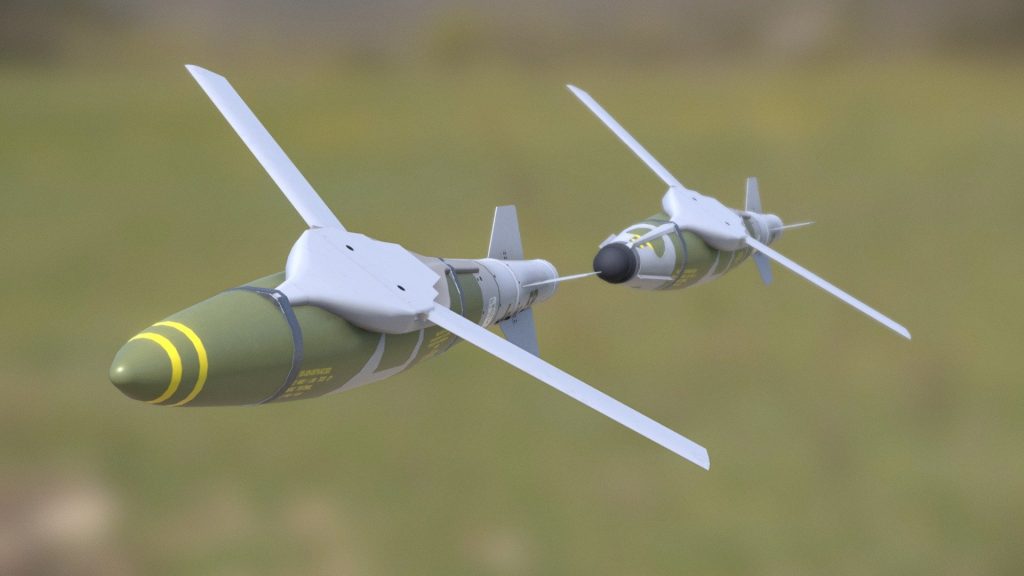
1. The JDAM-ER: Turning ‘Dumb’ Bombs into Precise Killers
The GBU-62 JDAM-ER isn’t a bomb itself, but a converting kit that is placed atop standard Mark 80-series bombs, providing them with GPS-guided inertial guidance and pop-out wings. This provides precise strikes out to 70 kilometers, with platform and launch altitude constraints. The Aviationist reports that Ukraine initially was equipped with the 500-lb version but now operates a 1,000-lb version that has likely been tailored to its needs. Standoff capability of the kit allows pilots to engage highly defended targets, bridges, and logistical hubs with minimal risk exposure to enemy air defense systems, a key factor in Ukraine’s contested airspace.
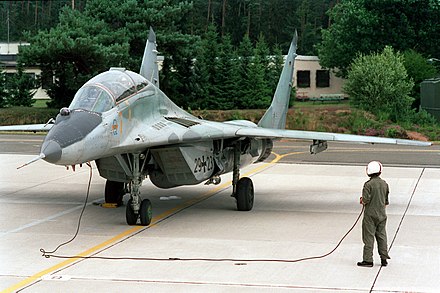
2. MiG-29s Adaptation for Western Munitions: A Technical Achievement
Fitting JDAM-ER kits onto Soviet-designed MiG-29s was a challenging task. Ukrainian engineers replaced avionics, installed new mission computers, and reworked pylons to accommodate NATO-standard bombs. As Army Recognition describes, these modifications required software for GPS targeting and extensive pilot training, often involving collaboration with Western experts. This mashing up of older airframes with newer bombs represents both creativity and desperation, enabling Ukraine to use sophisticated capabilities without having to await full fleets of Western aircraft.

3. Disrupting Russian Logistics: Strategic Implications Off the Blast
The 11 July blast in Zaporizhia destroyed a temporary Russian crossinga lifeline essential to resupplying front-line soldiers. Recent reporting maintains that Ukraine’s greater effort targets railways, bridges, and convoys, inflicting losses that ripple through Russian supply chains. Sabotaging a single crossing can stop offensives, require costly rerouting, and expose other weaknesses. As Ukrainian President Zelenskyy told ABC News, “Ukraine will keep on developing its asymmetric capabilities to strike Russian supply lines.” The Zaporizhia operation is the paradigm of this doctrine.
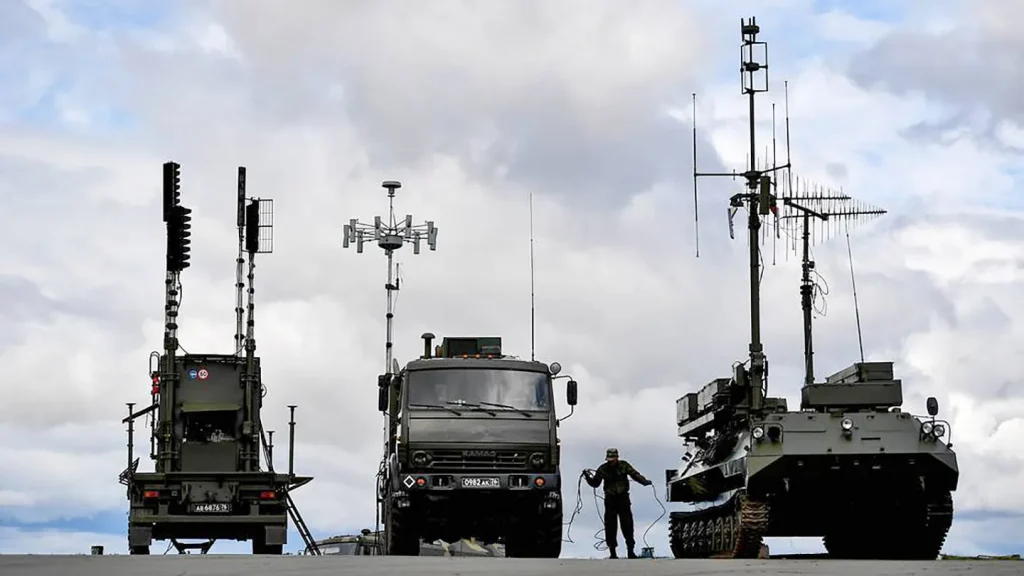
4. Electronic Warfare and GPS Jamming Cat-and-Mouse
JDAM-ER’s GPS-guided capability is both its strength and its weakest link. Russian electronic warfare troops demonstrated that they were able to jam or spoof GPS signals to cause some bombs to short of their target. As GlobalSecurity.org and Pentagon officials confirm, the U.S. has warned Ukraine to target Russian jammers first before JDAM-ER strikes. Countermeasures to this include novel countermeasures such as Home-on GPS Jam seekers that are being integrated into upcoming JDAM wing sets. This ongoing battle indicates the dynamic competition between electronic countermeasures and precision munitions in the modern battlefield.
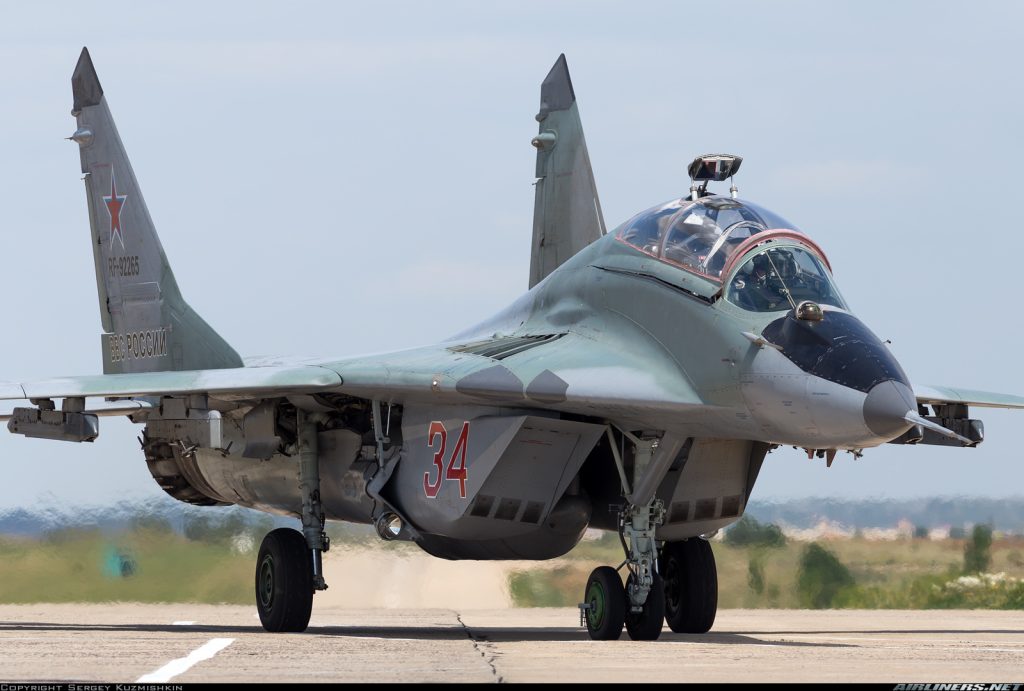
5. Tactical Innovation: Adapting Trainer Jets for Combat
Shortages of resources have compelled Ukraine to divert MiG-29UB trainer jets into combat roles. As BulgarianMilitary.com describes, the two-seat aircraftwhich never had radarhave received GPS navigation, NATO-standard data links, and pylons supporting precision-guided munitions. The rear cockpit is becoming more frequently used as a station for a weapons systems officer or unmanned aerial vehicle pilot. This arrangement not only increases sortie rates but also illustrates Ukraine’s asymmetric approach: prioritizing agility and surprise over raw firepower.
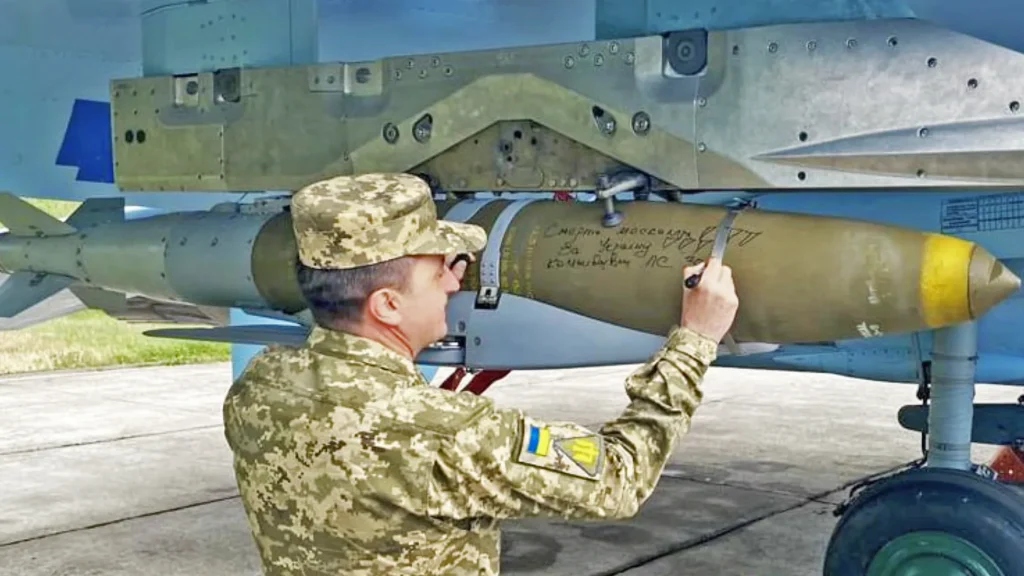
6. The Human Factor: Innovation in the Face of Adversity
Every JDAM-ER strike has a story behind it of human ingenuity. Ukrainian pilots fly low to avoid Russian air defense, making rapid “pop-up” maneuvers before dropping the bomb. Engineers, in makeshift laboratories under threat of air attack, come up with innovative ways to modify Western technology to fit ancient Soviet equipment. According to BulgarianMilitary.com, Ukraine’s culture of adaptation has kept its MiG-29 combat force operational despite relentless attrition, as well as a shortage of supplies. The technical and psychological stress placed on crews is overwhelming, yet their will is a deciding factor.
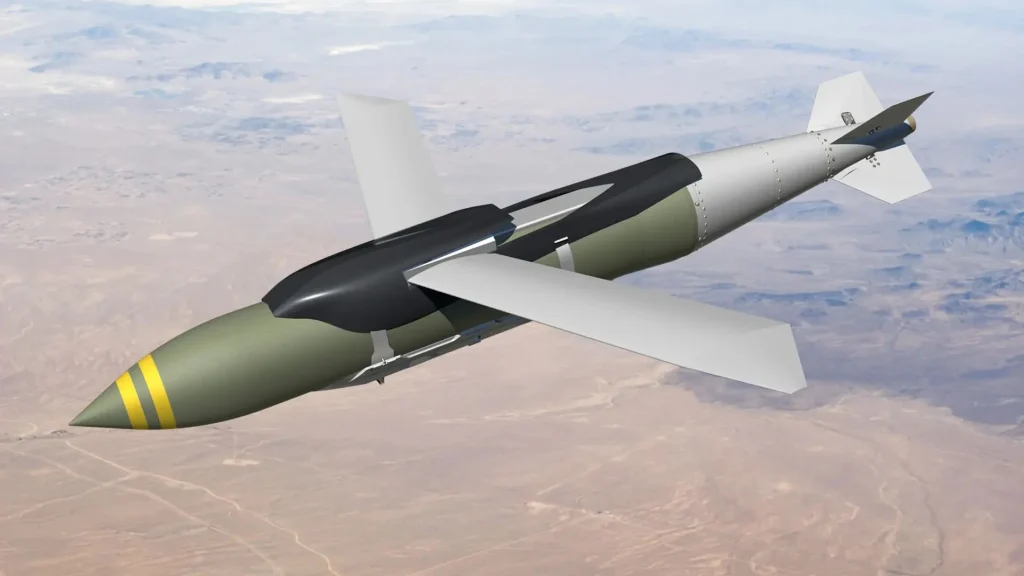
7. The Broader Implications: Lessons for Future Conflicts
Ukraine’s JDAM-ER integration experience carries a powerful message to the world’s military institutions: old platforms can be provided with a new lease of life by innovation and cooperation. To nations with comparable constraints, Ukraine’s hybrid approachintegrating Soviet-era airframes with Western weaponry and methodologiesoffers an example for optimizing combat reach. At the same time, the vulnerabilities exposed by Russian electronic warfare underscore the need for robust countermeasures and continued adaptation. As the conflict continues to unfold, the interplay between precision strike, logistics, and electronic warfare will shape not only the future of Ukraine but the future of airpower in contested airspace.

The Zaporizhia crossing strike is not just a vignette of the battlefieldit’s a microcosm of the richness of modern warfare where adaptation, accuracy, and determination are as much components of victory as raw firepower. As Ukraine continues to evolve in real time, its use of JDAM-ER bombs is as much a tactical turning point as a strategic statement: the age of hybrid airpower has dawned, and its ramifications are resounding far beyond the battlefields.


